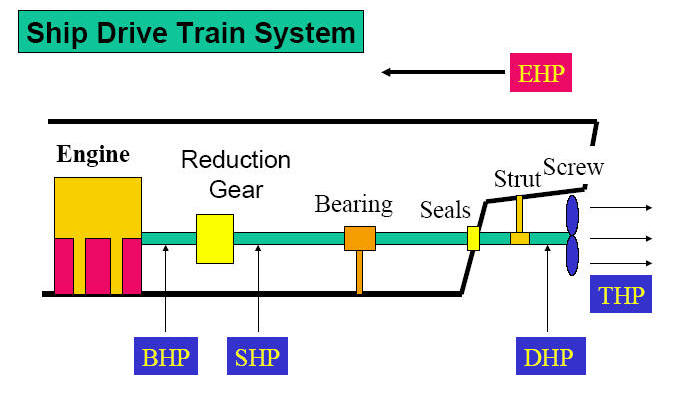
NAME 323: Resistance and Propulsion of Ships
3.00 Credit. 3 hrs/wk. Prereq. NAME 223
Phenomena resisting the motion of ships. Resistance due to friction, wave making, form, appendage, wind and waves, squat, blockage and shallow water effects. Estimation of powering using methodical series and statistical methods. Advantageous effects of hull form changes- bulbous bows. Asymmetric sterns and optimum trim for ships in ballast.
Screw propeller geometry. Momentum and blade element theories. Propellers in open water, propeller coefficients and design charts. Hull propeller interaction- wake, thrust deduction and relative rotative efficiency. Propeller cavitations. Propeller blade strength.Screw design according to circulation theory for uniform and non-uniform wake. Speed trials and service performance analysis.
References:
Resistance and Propulsion of Ships: Harvald, S. A., Willey & Sons, 1983
Principle of Naval Architecture: Ship Resistance & Flow, Lars Larsson & Hoyte C. Raven, SNAME, 2010
Ship Resistance and Propulsion: Practical Estimation of Propulsive Power, Anthony F. Molland and Stephen R. Turnock, Cambridge University Press, 2011
Basic Ship Propulsion: Ghose, J., Gokarn, R., 2004
Propeller Handbook: The Complete Reference for Choosing, Installing and Understanding Boat Propellers, Dave Gerr 2001

